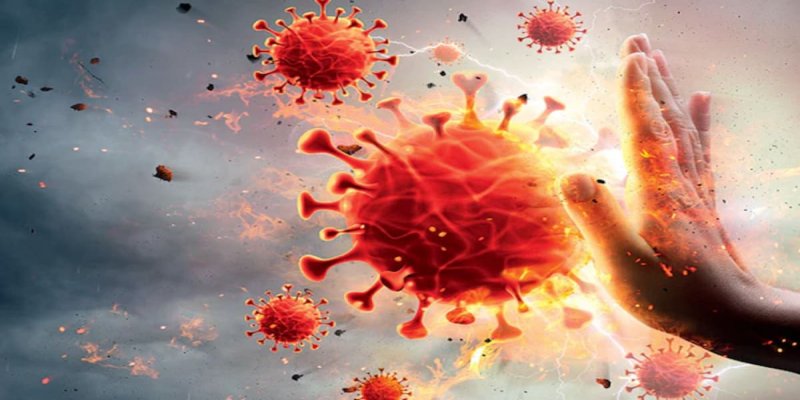Steps That can help India Avoid the Third Wave
- NYOOOZ Reporter
- Thursday | 3rd June, 2021

Decisions on where to ease lockdowns and restrictions on the basis of vaccination, ramping up the vaccination program, linking the stringency of non-pharmaceutical interventions in place in a district to the proportion of the vaccinated population, and enhancing surveillance to identify potential threats from new variants of concern are among the steps that can prevent another wave of the pandemic.
By canceling the CBSE class 12 exams for the year, with the ISE board following the same and also other boards are expected to follow, India has paused a potential super spreader.
Experts believe the third wave is inevitable but few things can help to avoid it.
1. Lockdown Awareness
The first is on deciding when and where to ease lockdowns and restrictions on movement and activities that now cover most parts of the country. Some states and Union territories have already started the process; others have announced plans and deadlines for doing so, but none of these is based on the one parameter that matters.
This is simply the proportion of the eligible population in a district that has been vaccinated. Ideally, this parameter should be read in consonance with the positivity rate. Some states and UTs are looking at the latter, but none appears to be basing its decision on the former. Given that the Union government no longer wants to be associated with lockdowns — the economic pain caused by the 68-day hard lockdown last year is still fresh in everyone’s memories — it is unlikely that either the health ministry, or the Indian Council of Medical Research, or any of the empowered groups dealing with the pandemic, will prescribe guidelines for this. Therefore, it is up to the states.
Personal suggests a benchmark for opening up that is a combination of a positivity rate (it needs to be either declining or stable) of a maximum of 5% for at least two weeks and vaccine coverage (at least one dose) of a minimum of 20% of the currently eligible population (those over the age of 18). As of Tuesday night, this proportion was 18.4% for the nation as a whole, which means there will be districts that have exceeded 20% and those that have done far less.
2. Rapid Vaccination Program
This is to keep pushing ahead with the vaccine program — in terms of approving more vaccines, lining up supplies, and enhancing delivery capacity — with the immediate target being coverage of at least 40% of the entire eligible population as soon as possible. Once India approves vaccines for those under the age of 18 years, the new target will be covering 40% of the entire population. Several countries have already done this. Israel has covered 62% of its entire population, the US, 51%, and Canada and the UK, 58%. Even Brazil has done 22%. India has covered around 13%. An honest effort to increase this number is required — not empty statements about administering 10 million vaccines a day from July or August.
3. Non-Pharmaceutical Interventions
The third is to link the stringency of non-pharmaceutical interventions in place in a district to the proportion of the population that has been vaccinated. More than anything else, this will give states the framework to decide when they can open up for certain activities. For instance, that at 40%, most activities, including physical schooling, can be allowed, with masking and social distancing. It may still not make sense to allow large religious, cultural, or social events (including weddings). As a corollary, states should also decide which activities they will curtail in case of a flare-up in infections.
4. Enhance Surveillance
The fourth is to enhance surveillance, including sequencing enough viral genomes to identify potential threats from new variants of concern (new variants of the virus that are potentially more infectious) and acting on this knowledge. For instance, the UK, which, earlier this week celebrated zero deaths from Covid-19 for the first time since last March, is seeing an average of 3,300 cases a day, with almost 75% of these being caused by B.1.617.2 or Delta, the Sars-CoV-2 variant that was first spotted in India — and there are signs that the country may not end its lockdown on June 21 as it was scheduled to do on account of this.

If You Like This Story, Support NYOOOZ
Your support to NYOOOZ will help us to continue create and publish news for and from smaller cities, which also need equal voice as much as citizens living in bigger cities have through mainstream media organizations.
